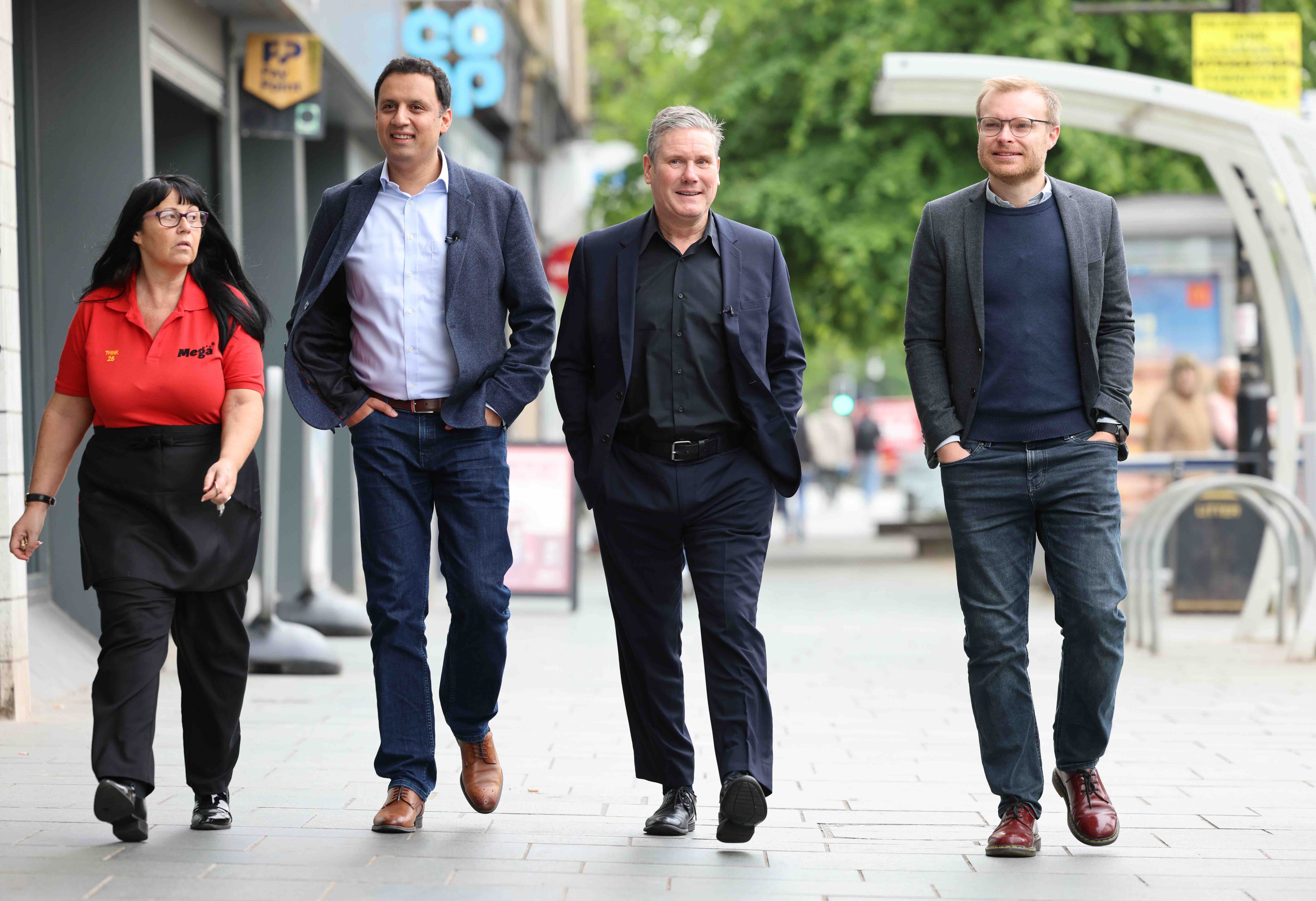The Labour party could hardly ask for better than the Rutherglen and Hamilton West by-election as a means to judge the strength of their resurgence in Scotland. Sitting on the cusp of Greater Glasgow, it is situated in the party’s former central belt heartlands — an area once so Labour it was joked that votes for the party were weighed, not counted.
The seat was lost in the nationalist landslide of 2015 before Labour quickly won it back in 2017. Though the party lost it again to the nationalists in 2019, it now has an eminently beatable SNP majority of 5,230. Perhaps most importantly, the by-election is taking place because Margaret Ferrier, The SNP victor in both 2015 and 2019, was suspended from the House of Commons after breaking Covid rules.
The recall petition against Ferrier was endorsed by almost 12,000 constituents which means Labour already has a significant and motivated base of support.
Given such circumstances, the question is not whether Labour will experience victory in the coming by-election, likely to be held in October, but by what margin it will win by. Early indications suggest it could be substantial. The recall petition against Ferrier was endorsed by almost 12,000 constituents which, on the safe assumption they are unlikely to be SNP supporters, means Labour already has a significant and motivated base of support.
At the same time, while not a strong area for the Tories in general, there is a concentration of support for the Conservative party in the wealthier areas of Rutherglen and Hamilton West: 15 per cent of constituents backed the party in 2019. While Labour will be wary of being seen to actively court Conservative voters, the result in Somerset and Frome suggests that people are more than capable of voting tactically when they wish to. If Labour can spearhead an anti-SNP coalition, that will be further evidence of the party’s likely recovery.
The key factor will be the strength of SNP support. With independence an increasingly dead issue, Labour party strategists hope to see a significant number of ‘soft’ SNP voters (who deserted Labour after the 2014 referendum) return to the fold. Small shifts from The SNP to Labour would validate recent polls that suggest Labour could win as many as 26 seats in Scotland, making a majority for Sir Keir Starmer more likely in the process.
Even if SNP voters do not actively endorse Labour, choosing not to turn out and vote would be almost as beneficial to the party’s resurgence. When Labour won back Rutherglen and Hamilton West in 2017 for instance, the number of voters it received actually fell by more than 1,000 compared to 2015. Yet the significant number of nationalists staying at home meant Labour won the seat regardless. The combination of SNP-Labour switchers and wider nationalist apathy could result in a significant majority for Starmer’s party at the by-election.
Just as such a picture is encouraging for the Labour party, so too is it bleak for ailing First Minister Humza Yousaf and The SNP. The ongoing police investigation into the party’s finances is a constant distraction, but Yousaf also has little by the way of legislative achievement to fall back on, despite the First Minister telling journalists on Wednesday that the Scottish government’s record is ‘a record I’m very, very proud of’. Meanwhile his personal approval ratings, as well as satisfaction with the SNP’s management of public services, is low. There are, in short, few positive reasons for people to vote SNP.
Of course, as the Uxbridge and South Ruislip result indicated, specific local issues can play an outsized role in by-election campaigns and, in some cases, help unpopular incumbent parties cling on to seats they would otherwise lose. But here too Yousaf is clutching at straws. While there is an unpopular low emission zone in Glasgow, it has been imposed by an SNP Council. Wider issues such as Starmer’s support for the two-child benefit cap, which the SNP has focused on in recent weeks, lack the necessary parochialism to be a decisive factor.
The Rutherglen and Hamilton West by-election could therefore not only serve as a measure of Labour’s recovery in Scotland, but also the SNP’s decline. With that in mind, and in a year that has already seen frequent and often surprising by-election results, the Rutherglen and Hamilton West may well be the most significant yet.







Comments